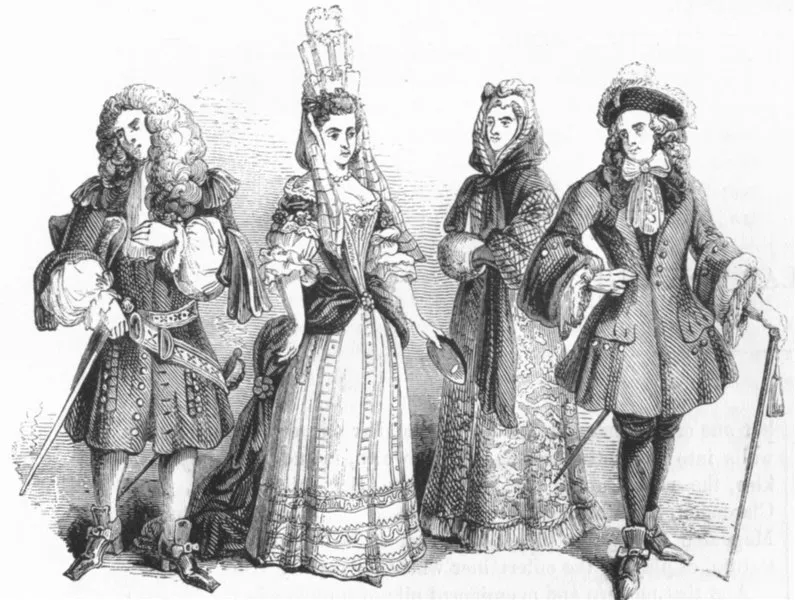Have you ever wondered about the origins and evolution of Italy’s powerful noble families, who shaped the nation’s history and culture? From the mighty clans of ancient Rome to the Renaissance patrons of the arts, the history of Italian nobility is a captivating saga of power, influence, and transformation.
Origins of Italian Nobility: From Ancient Rome to the Middle Ages
The history of Italian nobility traces back to ancient Rome, where Patrician families held significant political and social power. Following the fall of the Roman Empire, these families maintained their influence through land ownership and control of key positions within the Church.
Nobility titles in Europe.
During the Middle Ages, the rise of Italian city-states fostered a new class of nobility, comprising wealthy merchants and those wielding political influence. Families like the Medici in Florence and the Visconti in Milan rose to prominence, dominating not only economics but also culture and the arts.
Italian Noble Titles and the Hierarchy System
Like many European nations, Italy had a hierarchical system of noble titles that clearly reflected the status and power of each family. These titles were typically passed down through generations, solidifying the position of noble lineages in society.
The order of Italian noble titles (from highest to lowest) is as follows:
- Emperor/Empress (Imperatore/Imperatrice): Reserved for the head of an empire (if applicable).
- King/Queen (Re/Regina): Reserved for the head of a kingdom.
- Grand Duke/Grand Duchess (Granduca/Granduchessa): Title for rulers of a large territory.
- Duke/Duchess (Duca/Duchessa): The highest noble title after royalty.
- Marquis/Marchioness (Marchese/Marchesa): A noble title, often granted to those who ruled border regions or provided great service to the crown.
- Count/Countess (Conte/Contessa): A common title, often associated with governing a land or territory.
- Viscount/Viscountess (Visconte/Viscontessa): A title below Count.
- Baron/Baroness (Barone/Baronessa): The lowest title in the nobility system.
It’s important to note that the system of titles and regulations could vary between different states and territories within Italy.
Influence of Italian Noble Families on History and Culture
Italian noble families not only held political power but also played a crucial role in patronizing the arts, sciences, and culture. The Medici family in Florence is a prime example, having funded renowned artists such as Michelangelo, Leonardo da Vinci, and Botticelli, contributing significantly to the flourishing Renaissance era.

Furthermore, noble families had a significant impact on architecture, urban planning, and economic development. Many Italian cities, such as Venice, Genoa, and Milan, prospered thanks to the management and investment of noble families.
The Most Famous Italian Noble Families
Italian history has witnessed the rise and fall of numerous powerful noble families. Here are some of the most notable:
- Medici (Florence): One of the most powerful and influential families of the Renaissance, renowned for their patronage of the arts and politics.
- Visconti and Sforza (Milan): Families who ruled Milan for centuries, playing a crucial role in developing the city into an economic and cultural center.
- Borgia (Rome): A controversial family, notorious for their ambition and political intrigues.
- Este (Ferrara): The ruling family of Ferrara, famous for their patronage of art and music.
- Grimaldi (Monaco): Although Monaco is not entirely within Italy, the Grimaldi family originated from Genoa and has close ties to Italian history.
Italian Nobility Today: Change and Continuity
Following the abolition of the monarchy in Italy in 1946, noble titles are no longer officially recognized. However, many noble families continue to maintain their status and influence in Italian society.
Today, Italian nobles are often involved in business, cultural activities, and philanthropy. They remain an important part of Italy’s cultural heritage, contributing to the preservation and promotion of traditional values.
Conclusion
The history of noble families in Italy is an indispensable part of the panoramic view of the nation’s history and culture. From the powerful families of ancient Rome to the Renaissance patrons of art, noble lineages have shaped Italy’s history, architecture, art, and cuisine. While their political roles have changed, their legacy lives on in architectural marvels, artistic masterpieces, and stories passed down through generations.
If you are a lover of history, culture, and art, don’t miss the opportunity to explore the fascinating stories of Italian noble families during your travels.
References:
1/ Understanding European noble titles
2/ History of Italian nobility in the Middle Ages
3/ The Medici family and art patronage